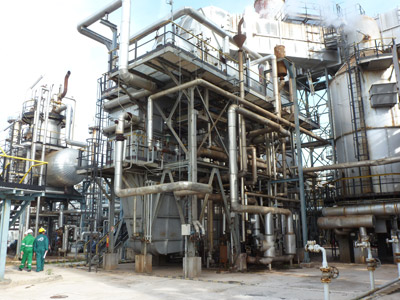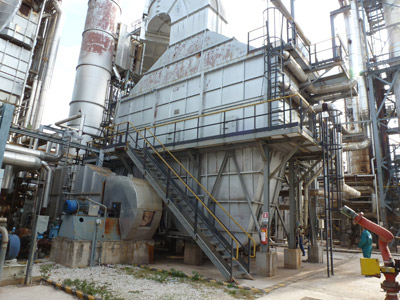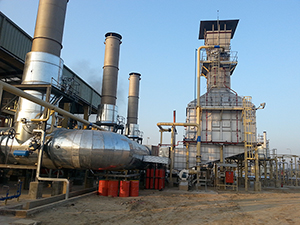Waste Heat Recovery Units
Waste Heat Recovery Units (WHRUs) are generally employed downstream different types of equipment that generate flue gases at a temperature still high to justify additional heat recovery sections to reduce the emission of waste heat in the atmosphere.
These units are generally installed downstream gas turbines, incinerators, or existing fired heaters (typically all-radiant heaters or fired heaters with low efficiency). The heat is recovered either by producing steam with forced or natural circulation, or by heating other heat transfer media, such as hot oils, to be delivered to different users.
WHRUs are designed as a convection section that can be under flue gas’ negative or positive pressure. Flue gases leaving the upstream equipment flow through insulated ducts up to the convection bank and then up to the stack. The convection portion of the tube usually has an extended surface to increase the convection heat transfer rate. Tubes can be either horizontal or vertical, based on the available plot area.
Sometimes, a post-combustion chamber with inline duct burners is employed upstream a waste heat recovery section to allow the reheat of the combustion products and increase the heat recovery efficiency.
WHRUs’ duties may vary from under 1 MW up to more than 100 MW.








